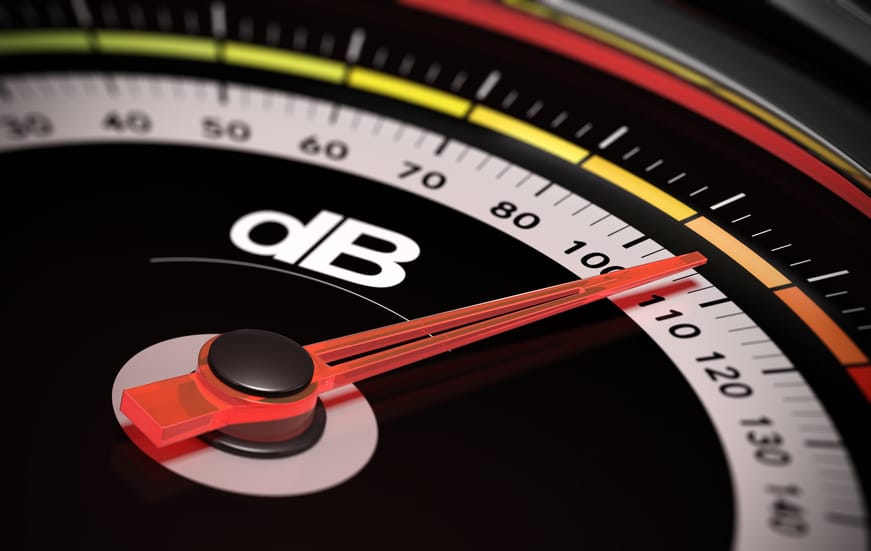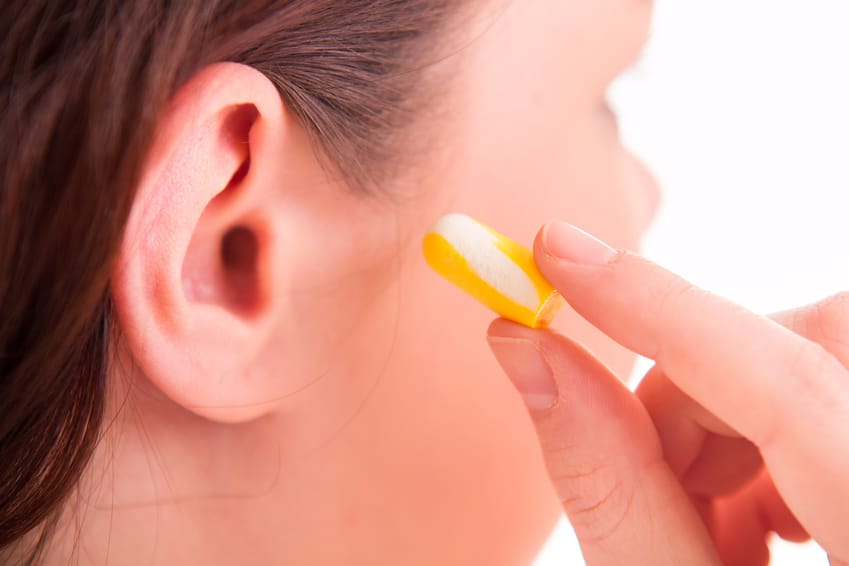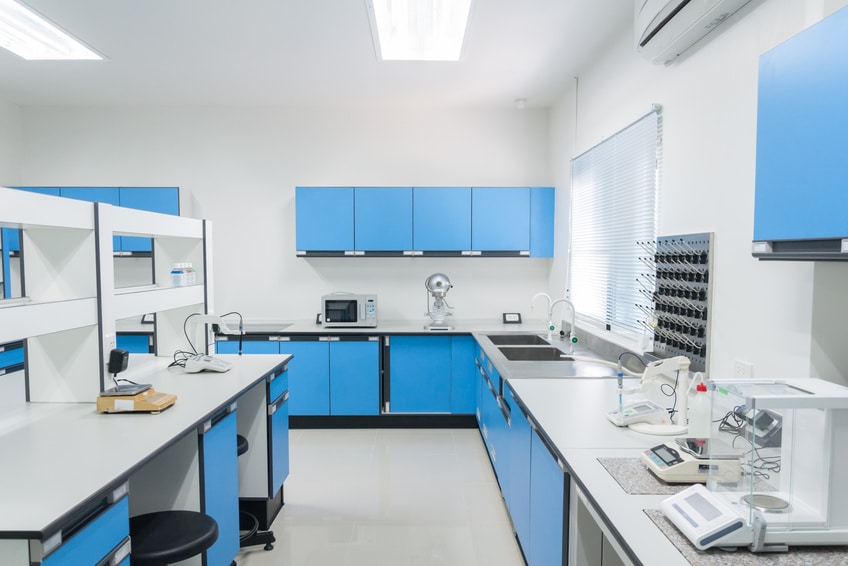[vc_row equal_height=”yes” content_placement=”middle”][vc_column][vc_column_text]Exposure to noise in the laboratory can lead to irreversible hearing damage. According to the HSE, around 20,000 working people in the UK suffer from Noise Induced Hearing Loss (NIHL) that has been either caused or made worse by their work environment. NIHL is one of the most common health problems and often goes undetected as the damage happens very gradually. Industrial hearing loss accounts for around 75% of all occupational disease claims.
Many areas in the laboratory can be noisy as a consequence of equipment in use. Centrifuges, vacuum pumps, wet vacuum systems, sonicators, high-pressure air cleaning – all generate sufficient noise to be a concern. However, once the risk has been identified, prevention of NIHL is possible if a few simple measures are followed. Our nine tips will guide you through the process of identifying and reducing noise that has reached an untenable level.

Quick Navigation
1. Know the limits
Noise limits are regulated under the Control of Noise at Work Regulations 2005 which applies to all industries. There are two limitations – the first relates to the levels of exposure to noise averaged over a day or week, and the second relates to the maximum noise (peak sound pressure) which a user may be exposed to in a day.
The limits are:
Lower exposure action values:
- Daily or weekly exposure of 80 dB;
- Peak sound pressure of 135 dB;
Upper exposure action values:
- Daily or weekly exposure of 85 dB;
- Peak sound pressure of 137 dB (Source: HSE)
If the noise reaches 80 decibels, the risk to the health of those using the lab must be assessed, and information and training must be provided. Where noise reaches 85 decibels (daily or weekly average exposure) hearing protection and hearing protection zones must be provided.
Providing hearing protection should be seen as a last resort after all other attempts have been made to reduce noise levels.
2. Check noise levels
When you purchase new equipment, ask the supplier for noise level data. This may be used to influence your decision to purchase – it is easier to choose quieter equipment than to reduce the noise afterwards – or, where there are no alternatives, it will allow you to take adequate preventative measures once the equipment is in use.
3. Isolate
It may be possible to move noisy equipment to an area away from the bulk of people in the lab – for example, a dedicated room or an outbuilding. You can then provide hearing protection (earmuffs or earplugs) within these isolated and clearly marked zones.

If you are designing and building a new lab, consider whether you can create zones to place noisy equipment, dividing up the space using materials that have a higher sound transmission loss. The greater the transmission loss of a wall, the better it will function as a barrier to the passage of unwanted noise.
4. Insulate
Where there is no option to isolate the noisy equipment, consider installing a sound-insulating enclosure and/or using anti-vibration machine mountings. The enclosure will reduce the noise level of the equipment, while the mountings minimise the amount of vibration transmitted from the equipment to its surroundings – thereby reducing noise levels produced from vibration.
5. Minimise
If an enclosure is unrealistic, control the noise through other measures which might include using acoustic screens or mufflers, lining guards and panels with noise-dampening material, using vibration isolation systems, lining the inside of hoppers with impact-deadening material or fitting silencers to exhaust systems.
6. Reposition
Consider the room itself in which the equipment will be placed and think where the equipment will sit in relation to its environment. For example, a hard, reflective surface will amplify the noise produced by loud machinery by approximately 3 dB for each large surface.
7. Maintain
Keeping the equipment within the laboratory well maintained will help to minimise rattles and reduce noise caused by wear and tear to the machinery. Don’t wait for something to go wrong – schedule regular checks and maintenance by professionals.

8. Plan
Where users will be using equipment for prolonged periods, you can reduce the user’s duration of exposure by rotating users around the equipment. Employers can implement this with job rotation, while educators can ensure exposure is time limited. Providing a noise refuge – a place where users can spend some time away from noisy equipment – can also help to limit exposure.
In one HSE case study, a firm that manufactured cardboard containers used a noise refuge to provide a safe working area that was close to production lines where noise levels approaching 97 dB had been recorded. The air-conditioned enclosure used acoustic panels, acoustic glazing and an acoustically absorbent ceiling to offer users full visibility while protecting their hearing.
9. Provide ear protection
Where noise levels still exceed 85dB(A), ensure workers wear hearing protection (earplugs or earmuffs) within the relevant, clearly marked zones. As noted, this should be a last resort after exhausting all the above options to reduce the noise.
If your lab needs redesigning to improve noise management, the team at InterFocus may be able to help. For more information about our bespoke fitted labs, visit our homepage or call our team on 01223 894 833.



